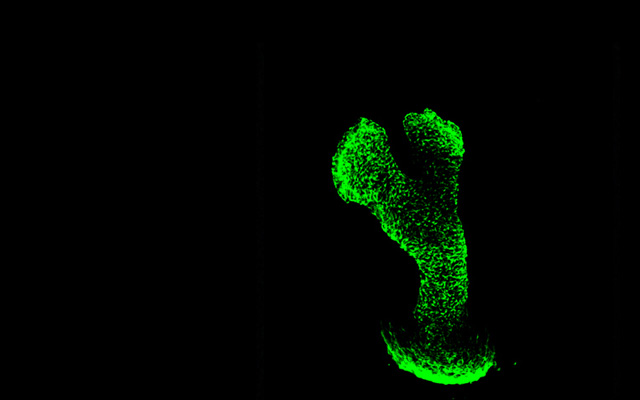Effect of Dexmedetomidine on Postoperative Cognitive Function of Mice with Femoral Fracture by Modulating Nrf2/ARE Signaling Pathway
JIA Ning1, LI Zhengyang1, XIAO Xiuying1, LIU Pengyu2, ZHAN Weiwei1*
This study aims to investigate the effect of Dex (dexmedetomidine) on postoperative cognitive function of mice with femoral fracture by modulating Nrf2 (nuclear factor erythroid-2 related factor 2)/ARE (antioxidant response element) signaling pathway. The male C57BL/6J mice were collected, and were anesthetized to prepare a femoral fracture model, and were randomly grouped into model group, Dex group (25 μg/kg), Bru (brusa tol) group (Nrf2 inhibitor, 1.4 mg/kg), Dex (25 μg/kg)+Bru (1.4 mg/kg) group, with 10 mice in each group. Another 10 C57BL/6J mice were set as sham group. Then the cognitive function of mice was detected by new alien arm exploration experiment and platform jumping experiment. Transmission electron microscopy was used to observe the ultrastructure of mouse hippocampal neurons. TUNEL staining was used to detect the apoptosis rate of mouse hippocampal neurons. The levels of ROS (reactive oxygen species), IL-1β, IL-8 and IL-6 in serum, and the activi ties of GSH-Px (glutathione peroxidase), SOD (superoxide dismutase) and CAT (catalase) in brain tissues were detected by kits. Western blot was used to detect the expression levels of Nrf2/ARE pathway related proteins in mouse brain tissue. The ultrastructure of hippocampal neurons in the model group was obviously damaged, explora tion frequency, exploration distance and exploration time ratio of the new alien arm, the activities of GSH-Px, SOD and CAT, and the expression of Nrf2, NQO1 and HO-1 proteins in brain tissue were obviously lower than the sham group (P<0.05), the exploration time and the latency period of platform jumping were significantly shorter than the sham group (P<0.05), the number of jumping errors, hippocampal neuron apoptosis rate, the levels of serum ROS, IL-1β, IL-8 and IL-6, the expression of Keap1 protein were obviously higher (P<0.05). The ultrastructural damage of hippocampal neurons in the Dex group was reduced, exploration frequency, exploration distance and exploration time ratio of the new alien arm, the activities of GSH-Px, SOD and CAT, and the expression of Nrf2, NQO1 and HO-1 proteins in brain tissue were obviously higher than model group (P<0.05), the exploration time and the la tency period of platform jumping were obviously longer than model group (P<0.05), the number of jumping errors, hippocampal neuron apoptosis rate, the levels of serum ROS, IL-1β, IL-8 and IL-6, the expression of Keap1 protein were obviously lower (P<0.05); in addition, the trend of the indexes in the Bru group was opposite with that in the Dex group (P<0.05). The ultrastructural damage of hippocampal neurons in the Dex+Bru group was aggravated, exploration frequency, exploration distance and exploration time ratio of the new alien arm, the activities of GSH Px, SOD and CAT, and the expression of Nrf2, NQO1 and HO-1 proteins in brain tissue were obviously lower than the Dex group (P<0.05), the exploration time and the latency period of platform jumping were obviously shorter than the Dex group (P<0.05), the number of jumping errors, hippocampal neuron apoptosis rate, the levels of se rum ROS, IL-1β, IL-8 and IL-6, the expression of Keap1 protein were obviously higher (P<0.05). Dex can alleviate postoperative neuroinflammation and oxidative stress in mice with femoral fractures by activating the Nrf2/ARE signal, thereby improving their cognitive function.




 CN
CN EN
EN